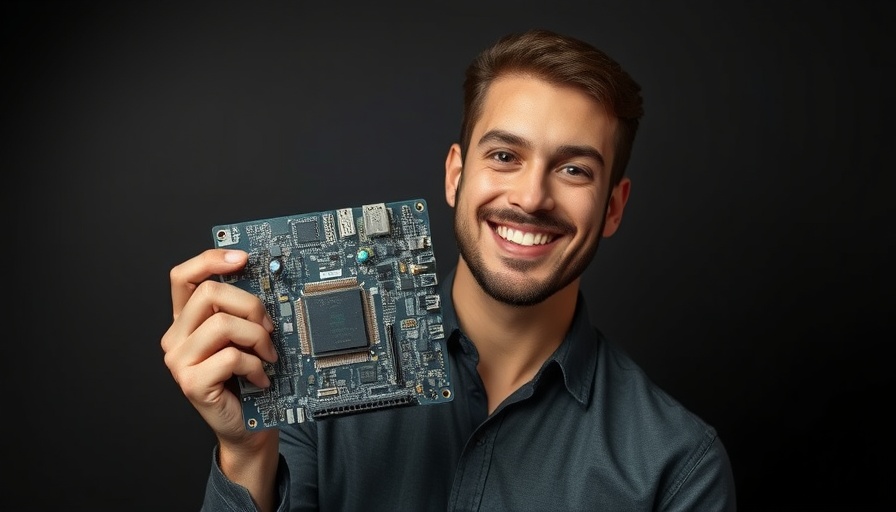
Impact of New Export Controls on AI Technology
Nvidia's recent notification from the U.S. government regarding export controls on its H20 AI chips is a significant development in the semiconductor industry, particularly for healthcare technology. With the required licensing perpetually in place, the export landscape for cutting-edge AI technology could fundamentally alter collaboration with international partners, especially those in China. The rationale behind these restrictions, to mitigate potential military applications, underscores the growing intersection of technology and national security.
Financial Ramifications for Nvidia and the Tech Sector
The financial implications for Nvidia are profound, as the company anticipates a $5.5 billion charge for its first fiscal quarter of 2026 due to these restrictions. Analysts speculate that this situation may also affect the company’s innovation strategy and investment plans in AI technologies, which are crucial for healthcare applications, such as predictive analytics and patient management systems.
Exploring the Political Dimensions
Political factors cannot be ignored in the context of these export controls. Nvidia's CEO, Jensen Huang, was reportedly able to negotiate potential reprieves for his company in a meeting with then-President Trump, securing a commitment to invest in AI data centers within the U.S. This scenario illustrates the delicate balance between corporate interests and government regulatory frameworks, impacting not just Nvidia but the broader tech ecosystem and its applications in healthcare.
Future Outlook for AI in Healthcare
As the healthcare industry increasingly relies on AI for enhanced patient outcomes, the limitations imposed by these export controls might stifle innovation. Companies that utilize AI chips for diagnostics, imaging, and natural language processing could face disruptions as they navigate the complex regulatory landscape. The focus now shifts to how organizations in healthcare IT can adapt and re-evaluate their technology sourcing and collaboration strategies to remain competitive.
Implications for Healthcare Providers and Administrators
Healthcare providers must be aware of the potential impacts of these exporting regulations as they develop AI-driven solutions to enhance patient care. This regulatory change emphasizes the importance of local innovation and sourcing, which may lead to an increase in domestic technology initiatives. As healthcare administrators explore alternative suppliers and innovative technologies, understanding the implications of these controls will be critical for future strategy formulation.
In conclusion, the U.S. government's new export license requirements for Nvidia's H20 chips signal a pivotal moment in the intersection of healthcare technology and national security. Healthcare stakeholders must stay informed about these developments to leverage AI advancements effectively while navigating any emerging obstacles. The ongoing evolution in U.S.-China relations and its potential impact on healthcare technology should be a priority focus for healthcare leaders.
 Add Row
Add Row  Add
Add 




Write A Comment